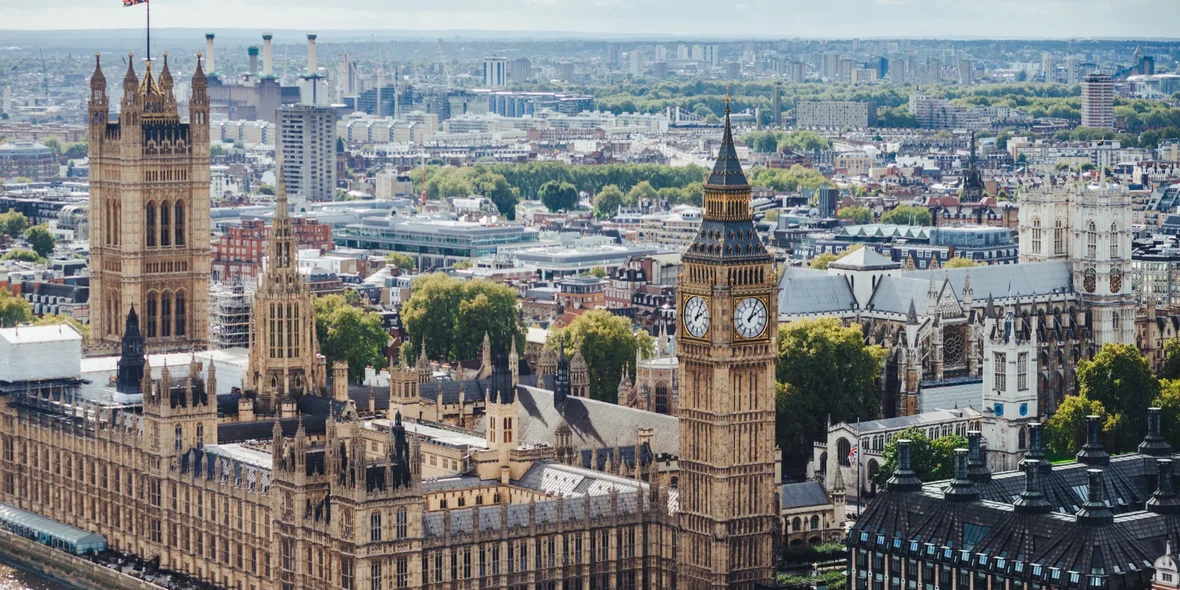
For the first time in a decade, UK property prices are falling. Why?
Recently, the British property market has faced a mixed picture: according to Euronews, prices began to decline for the first time since 2012, due, among other things, to rising mortgage interest rates. However, should we expect long-term changes in this key segment of the economy?
About the situation on the UK property market
UK house prices are falling at their fastest pace since mid-2009. This is due, among other things, to an increase in mortgage rates, as well as an increase in construction costs.
At the same time, it is becoming increasingly difficult to buy property in the UK - the availability of housing for potential buyers is decreasing. In order to somehow stimulate buyers, sellers began to reduce housing prices. The price of a typical home fell to £257,808 (€297,575) compared with £259,153 (€299,127) a month earlier, according to research from Nationwide Building Society. And, according to realtors, now is the time when you can buy real estate at the greatest discount. Discounts are at their highest in four years, with homes selling for an average of £12,125 below their asking price.
It is also worth paying attention to the dynamics of mortgage loans. In August of this year, the volume of approved applications for the purchase of housing reached the lowest level since February - 45.4 thousand. This is the impact of the Bank of England's tight monetary policy, which affected activity in the housing sector. The period also saw a significant surge in net mortgage borrowing, the highest increase since early 2023.
All of these factors call into question the stability of the market, but an even more important question is how changes in tax policy will affect the real estate market. The Institute for Tax Studies predicts a significant increase in taxes, which could be critical for households.
Foreseen market prospects
Despite the decline in prices throughout the year (albeit only slightly), property values are expected to continue to decline. The UK housing market is forecast to end the year around 2-3% lower than at the start of the year. It is worth considering here that even after the reduction, existing prices are 17% higher than pre-pandemic prices.
A reduction in interest rates on loans could help stabilize the market. And now some banks are ready to offer their borrowers fixed rates on mortgage loans below 5%, which gives hope for an increase in demand.























